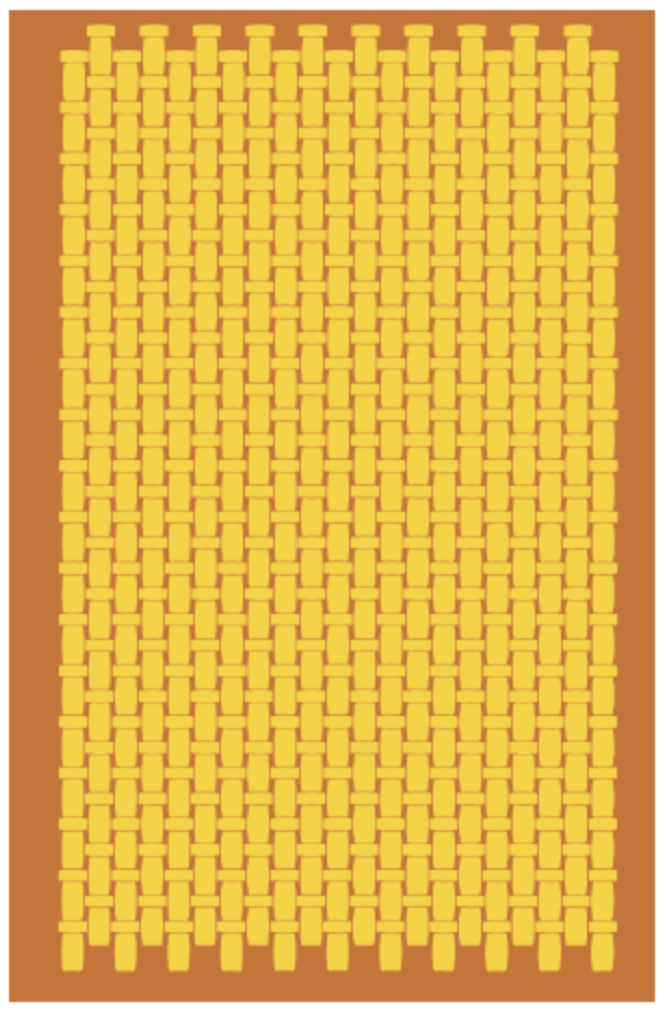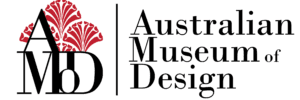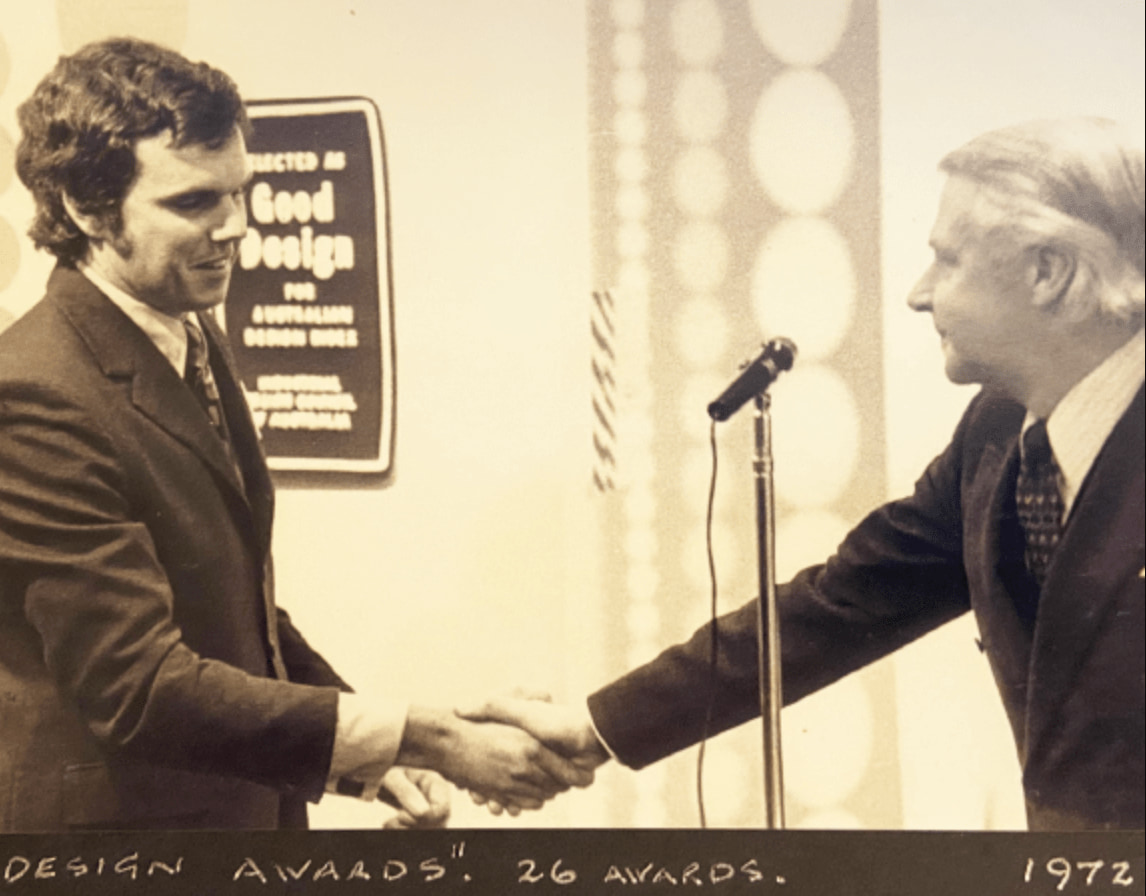Step 1 - Select Your Design
The Australian Museum of Design is home to the most significant collection of more than 7,500 hand-drawn, original designs from Australian artists and designers predominantly from the 60’s, 70’s and 80’s. Mostly have not been seen by the public for more than 50 years.
We meticulously scan, reassemble and record each design digitally to make them available for everyone across the world to enjoy. We know in doing so, we are protecting an Australian national treasure for future generations.
The design community and Australian institutions acknowledge there isn’t another equivalent of our collection – many from the industry have actually acknowledged both the absence of what we do, and the need to create a ‘safe place’ for digital design recording and development to become part of our nation’s history.
The heritage and cultural significance of the AMoD collection has been acknowledged by the Powerhouse Museum. Destination NSW selected AMoD to participate in Vivid Sydney 2023 with designs used to create a dynamic illuminated show that was projected onto Customs House. As a prominent internationally recognised festival, Vivid Sydney raised further global awareness of the collection and iconic designs contained within it to more than 3.5 million people.
Designs in the collection are now highly sought after as there is a world-wide resurgence in seeking authentic and original designs.
Many designers and creatives want to use, and conveniently access, quality designs of significance, and designs with distinct character.
Designs in the collection vary from a design capturing a distinct and identifiable cultural moment in time to a design that is seemingly elegant and timeless.
The Australian Museum of Design (AMoD) is a commercial entity formed in March 2022 by Margaux Everett to protect Australian design history.
Our goal is to build a community of individuals and groups who are enthusiastic about preserving and promoting hand-drawn designs, artists, and cultural heritage. We also aim to facilitate the modern-day use of these designs, including forming strategic partnerships and commercial licensing opportunities with brands globally.
The advent of accessible computers in the late 1980s marked the decline of hand-drawn designs. Software made it more convenient to create designs quickly, and the production of wallpapers and fabrics shifted overseas.
Interestingly, it was technology that ultimately reconnected us with some of the artists or their descendants who originally created the designs now in our collection.
As we share these designs through our various platforms, we regularly receive overwhelming positive feedback from the community. Volunteers step up to assist in safeguarding the designs, and others contribute missing information that helps us construct a comprehensive history of Australian design.
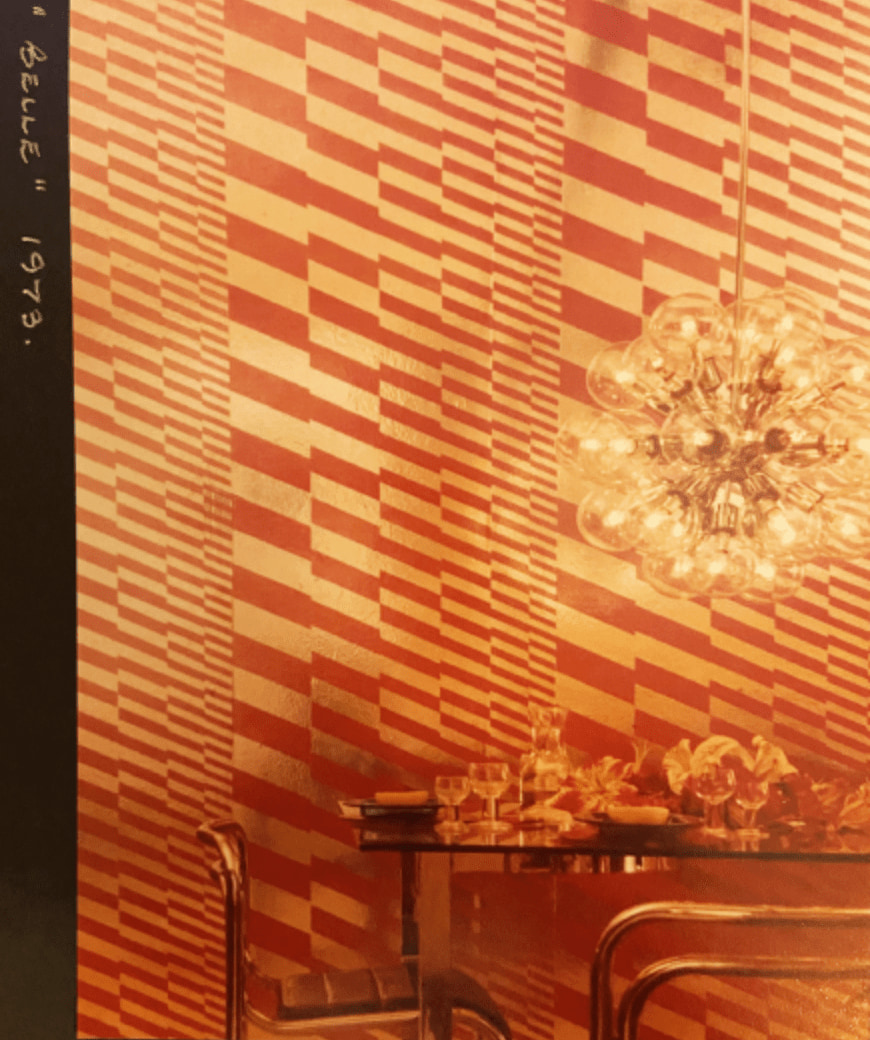
Artist and Designer: David Miles design featured in Belle Magazine in 1973.
Design Preservation
The fragile designs are meticulously scanned to preserve the beautiful flaws only achieved through hand drawing. The process of digitising the original hand drawn designs and matching up the layers takes several days per design.
Many of the designs are so intricate, and without knowing what we are looking at, it takes time to match layers together till we are able to finally discover the end story.
When an hand drawn design is scanned, we discover the mental engineering of the original design.
Imagine knowing the end design will have four perfectly matched layers, and the ink is translucent so it gives the effect of 8 different colours.
Simply genius.
Commissioned Artists & Designers
During the 1960s, 1970s, and 1980s, textile design houses worked in collaboration with various artists and designers to create patterns for wallpapers and fabrics. This practice was widely accepted within the industry, and it marked an era of innovation and artistic exploration.
In these decades, design houses recognised the value of diverse, eclectic, and sometimes unconventional artistic perspectives into their collections. To achieve this, they actively sought out talented individuals who could contribute unique patterns and designs. These artists and designers were often hired as freelancers or on a project basis.
What distinguished this period was the prevailing norm that these collaborations didn’t necessarily involve crediting individual artists for their work. Instead, the resulting patterns and designs were considered the intellectual property of the design company itself.
This practice allowed the companies to maintain a cohesive brand identity while benefiting from a diverse range of creative influences.
The anonymity of the artists behind these patterns was, in a way, a testament to the primacy of the design house. It underscored the idea that the company’s vision and brand took precedence over individual recognition. Artists and designers were willing participants in this arrangement, often motivated by the opportunity to see their work reach a wide audience through the production and distribution capabilities of these established design houses.
As a result, the textile and wallpaper industry flourished with an array of captivating, diverse, and often groundbreaking designs during this period. The collaboration between design houses and the talented artists they employed, even if uncredited, played a vital role in shaping the aesthetic landscape of Australian design history and the world of interior design.
Unseen for 50 years
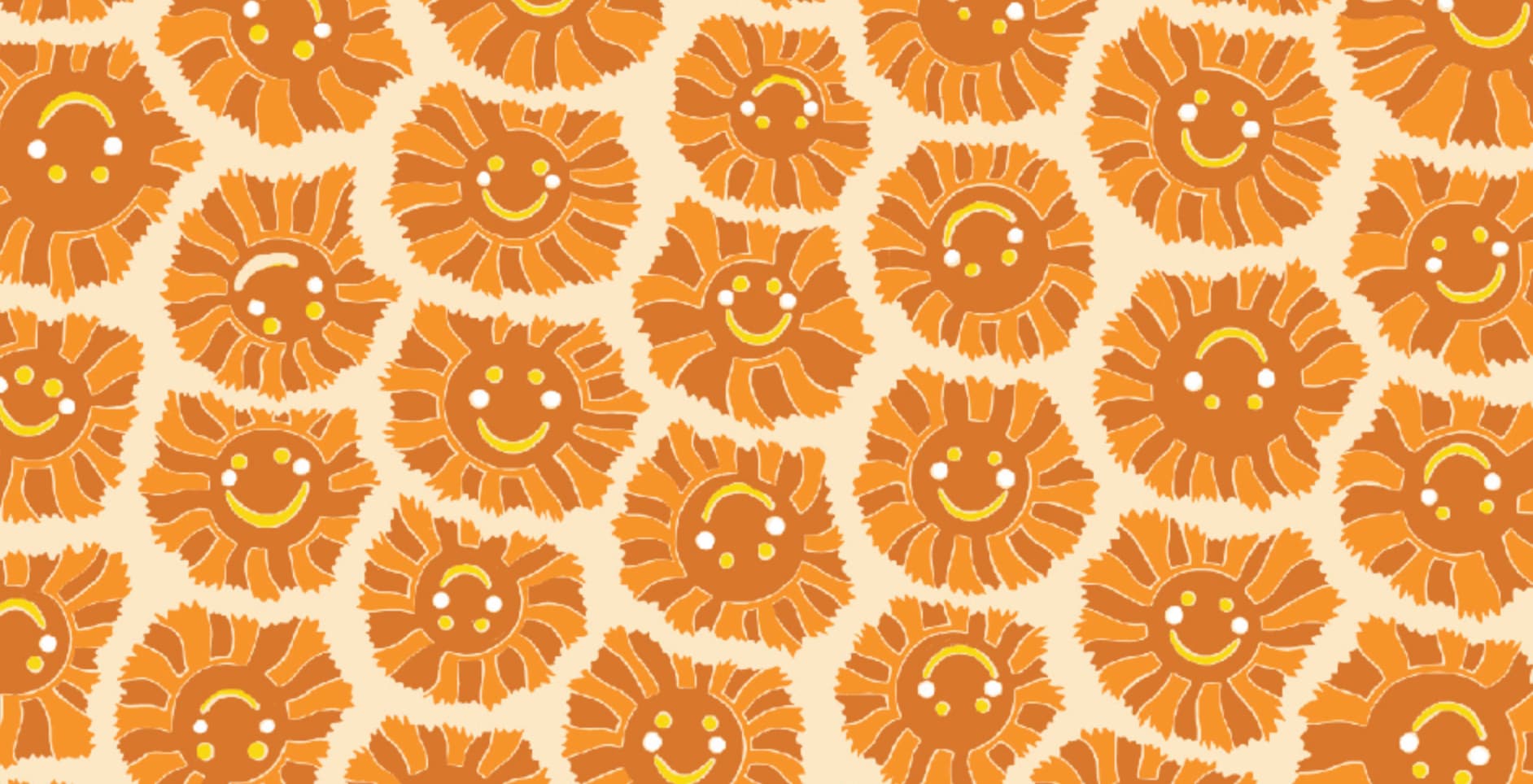
The designs had been sitting in a factory/warehouse, untouched for more than 20 years, and most of the designs not been seen for more than 50 years.
Original Design on Film
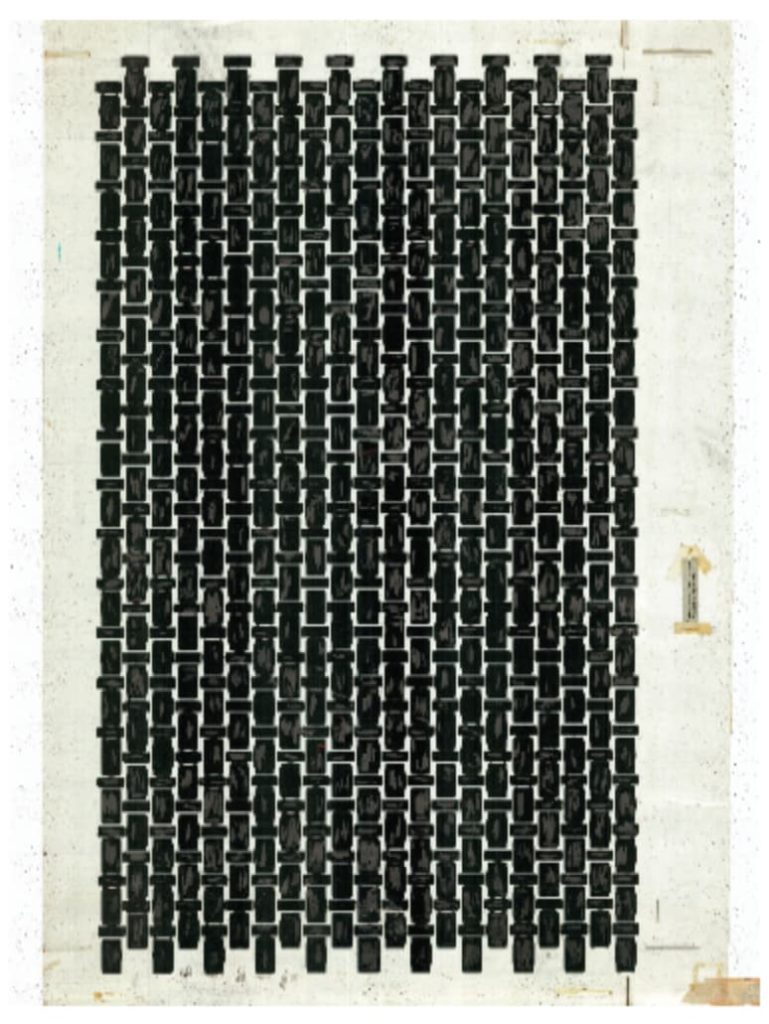
Scanned and Digitised Design
